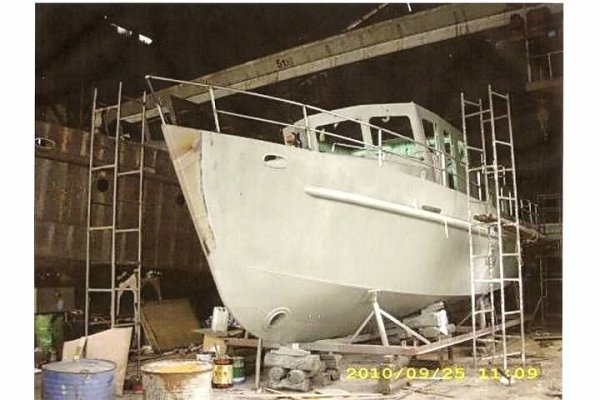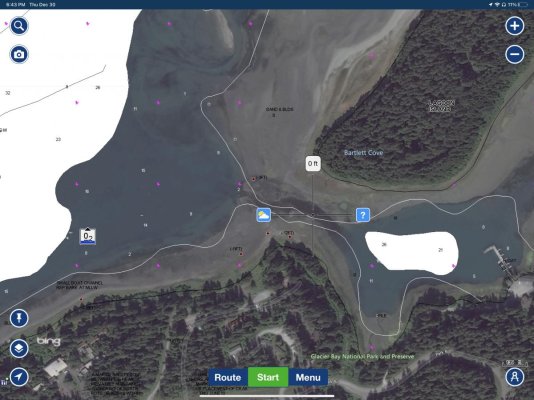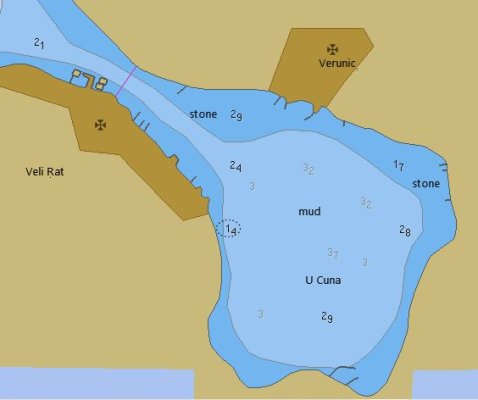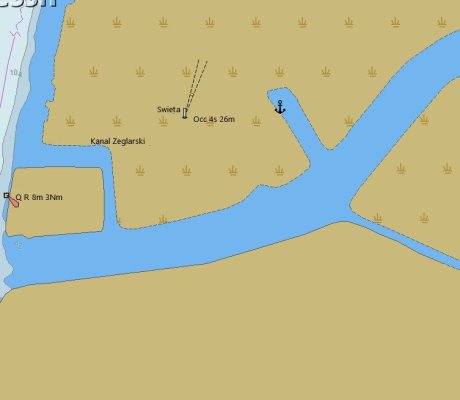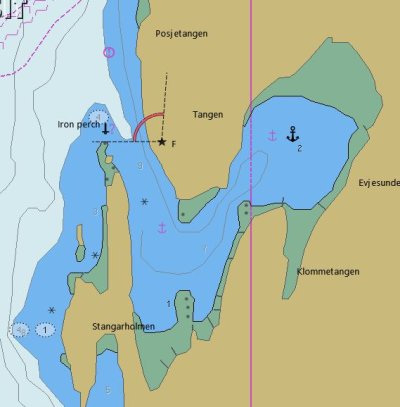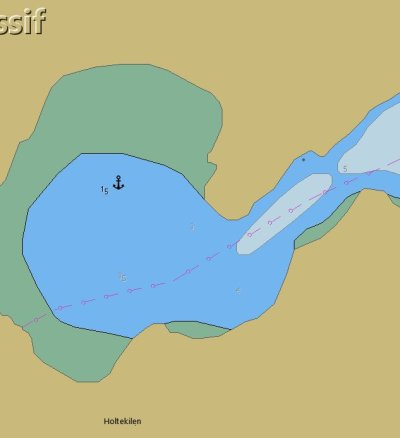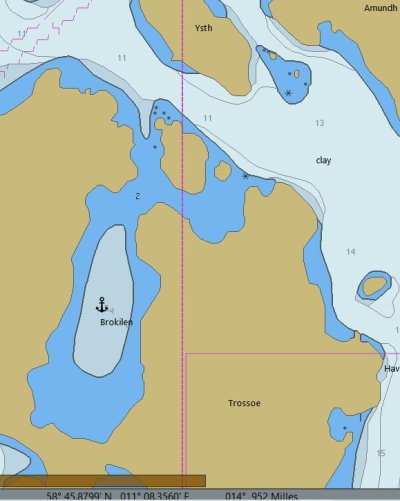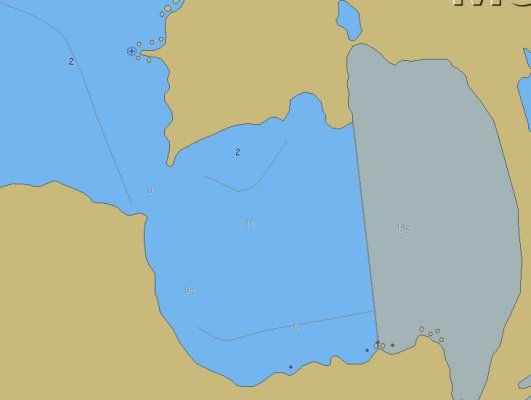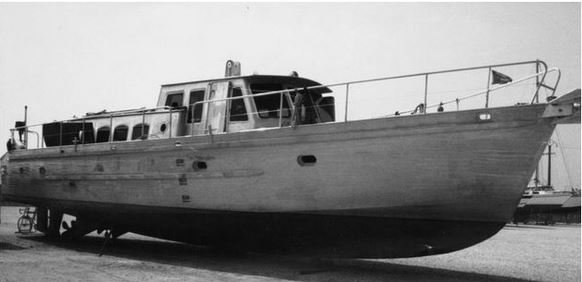Of course, the answer is when it is greater than the water depth!
Setting that aside, I’ve been watching video of a Delta built 70’ yacht named Oasis, which is very impressive (as is the owner).
Oasis apparently has a 10’ draft; my trawler is 5’.
What do you give up in real world exploration in the PNW by having such a deeper draft?
I assume the advantages are stability and that awesome stand up engine room.
Any thoughts on this?
When does it make sense to go to a deeper draft? Which missions or geography? Alaska to Mexico. Maybe to Caribbean.
Setting that aside, I’ve been watching video of a Delta built 70’ yacht named Oasis, which is very impressive (as is the owner).
Oasis apparently has a 10’ draft; my trawler is 5’.
What do you give up in real world exploration in the PNW by having such a deeper draft?
I assume the advantages are stability and that awesome stand up engine room.
Any thoughts on this?
When does it make sense to go to a deeper draft? Which missions or geography? Alaska to Mexico. Maybe to Caribbean.

